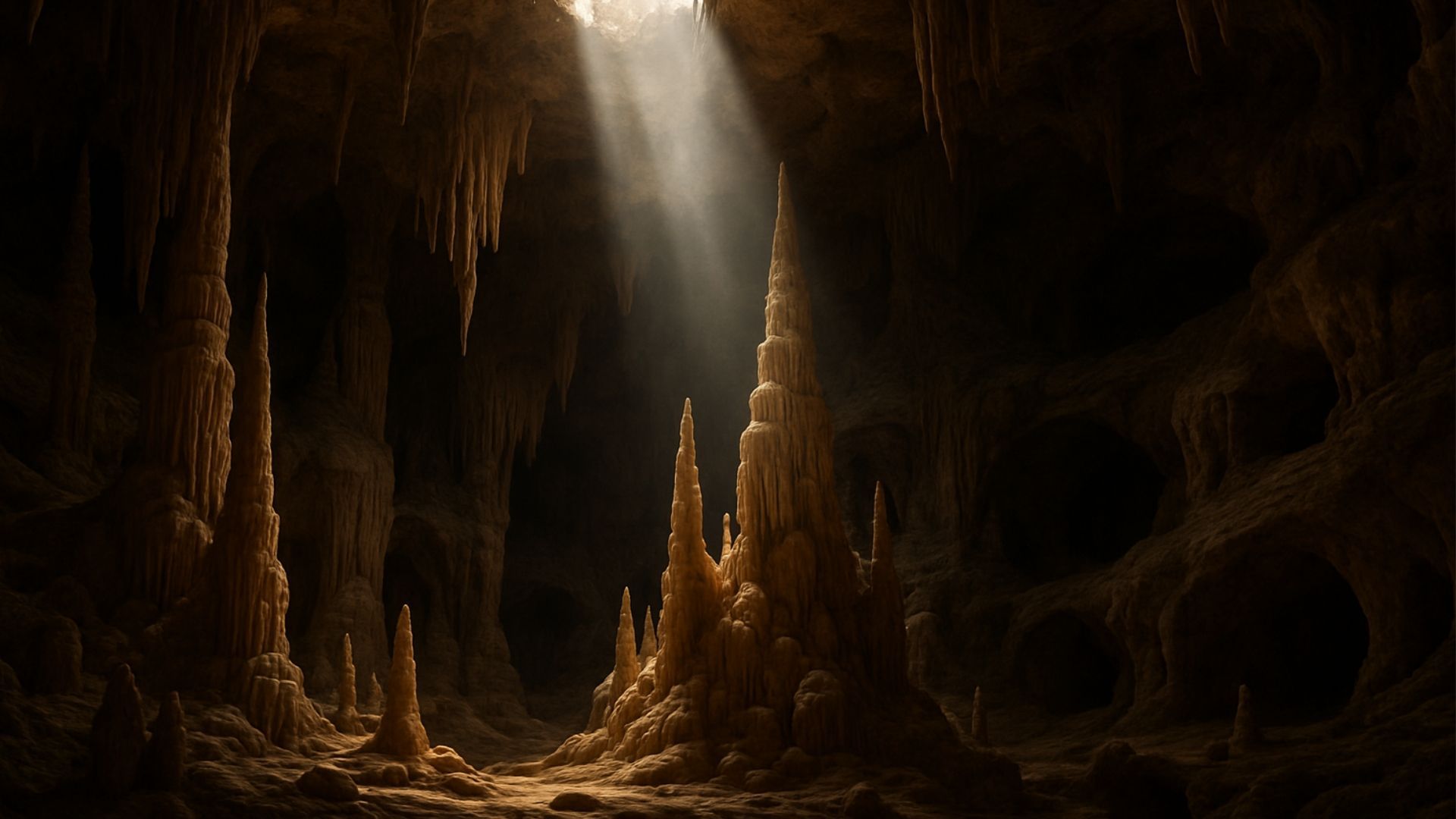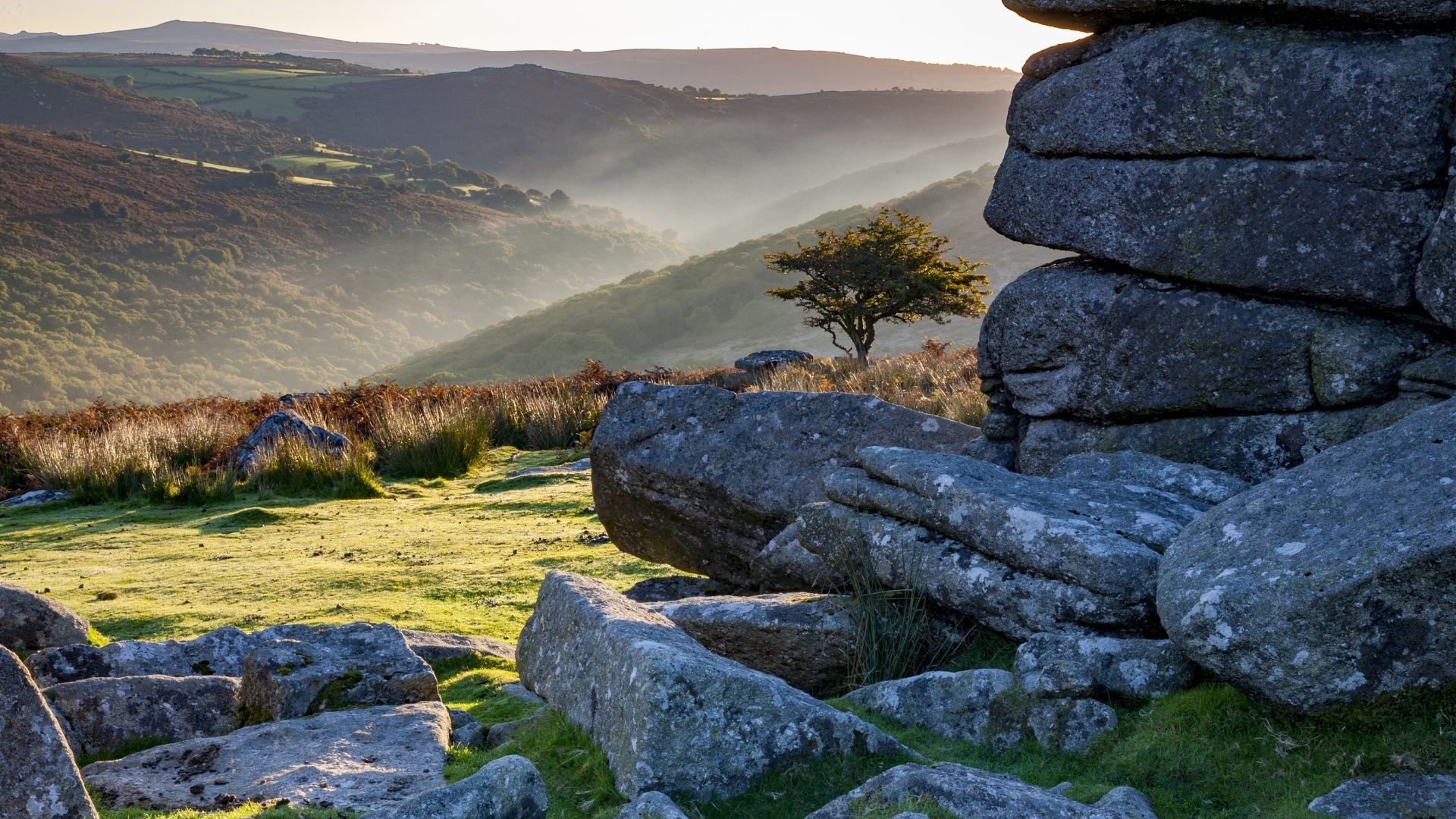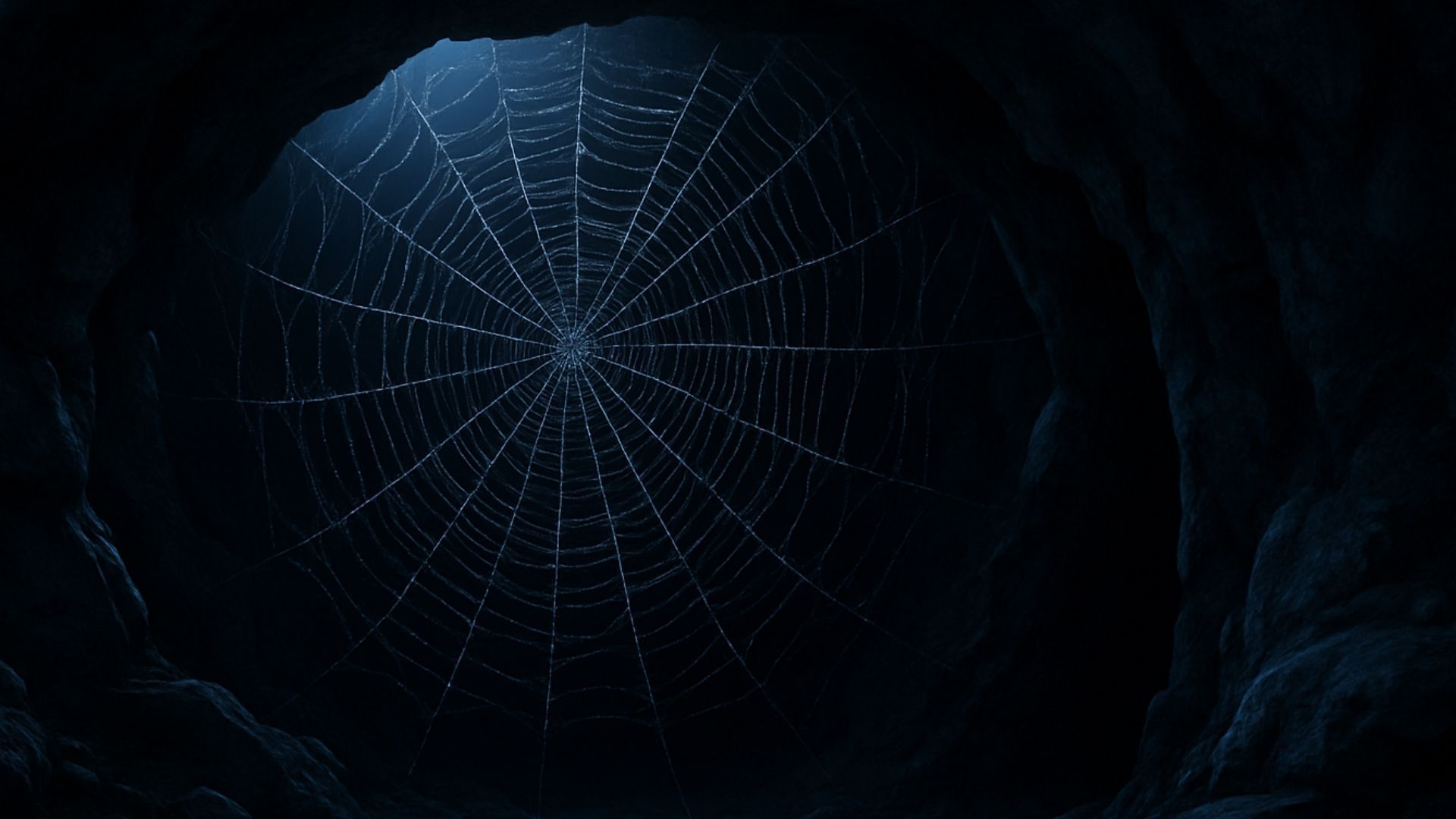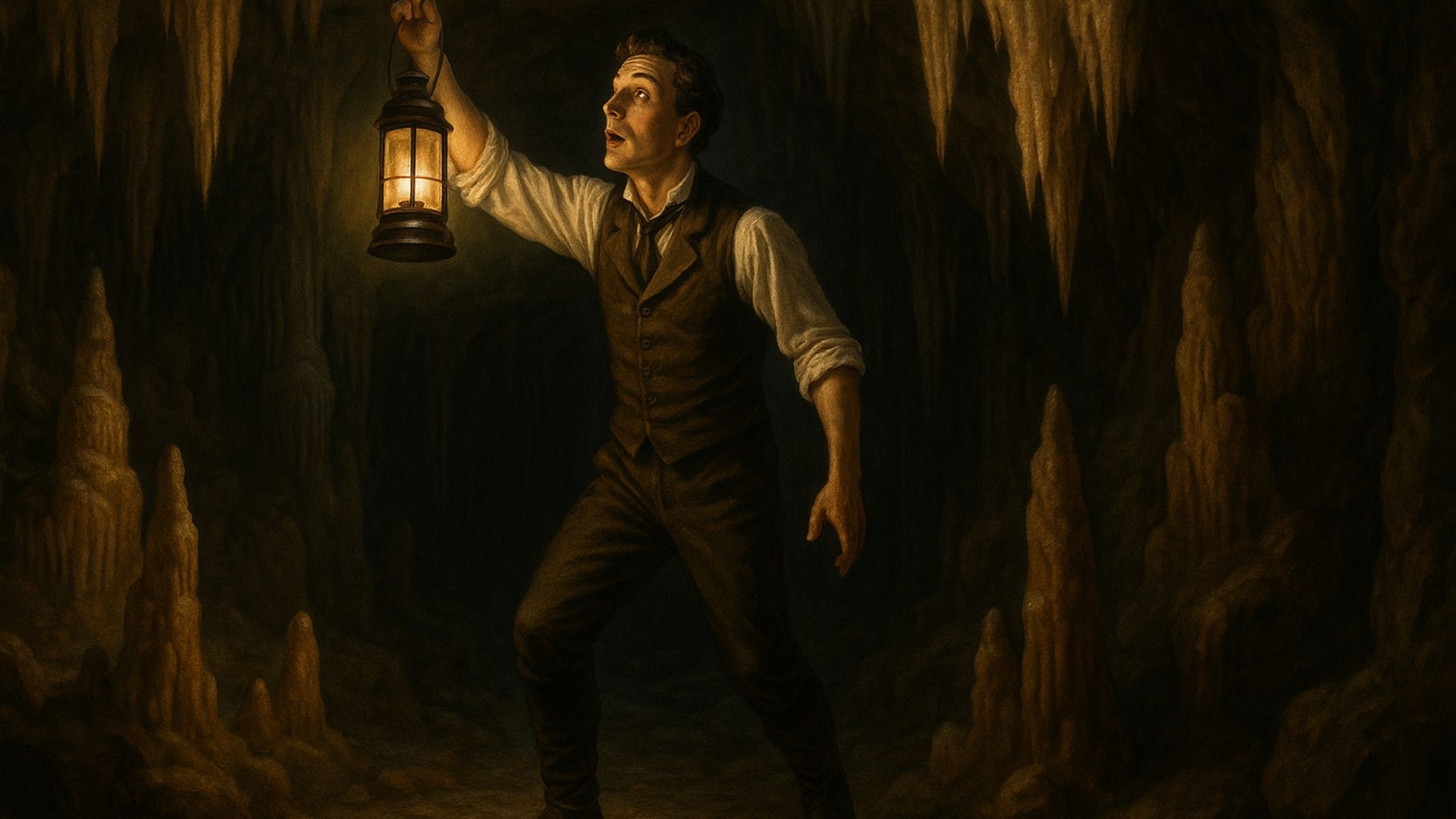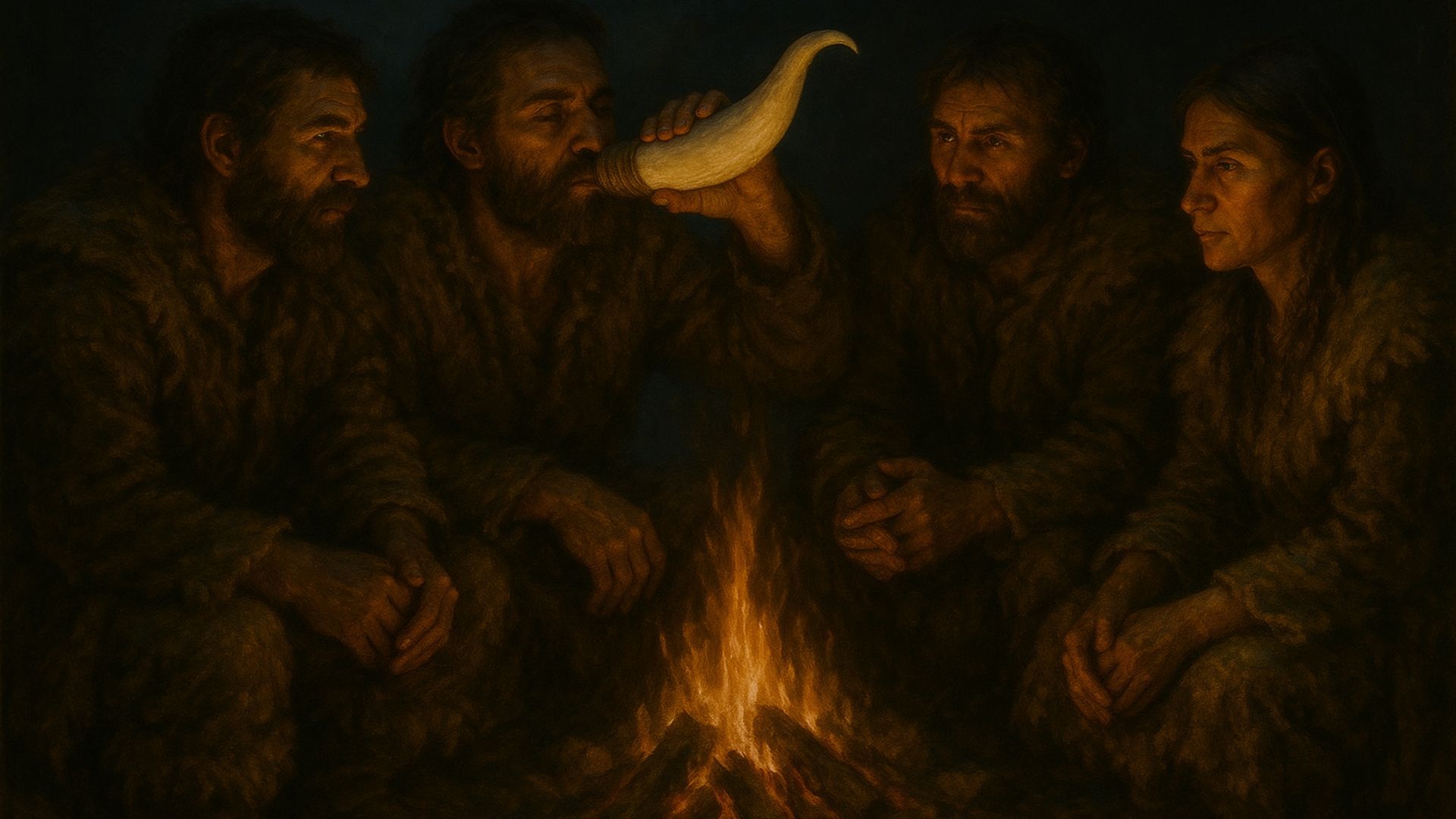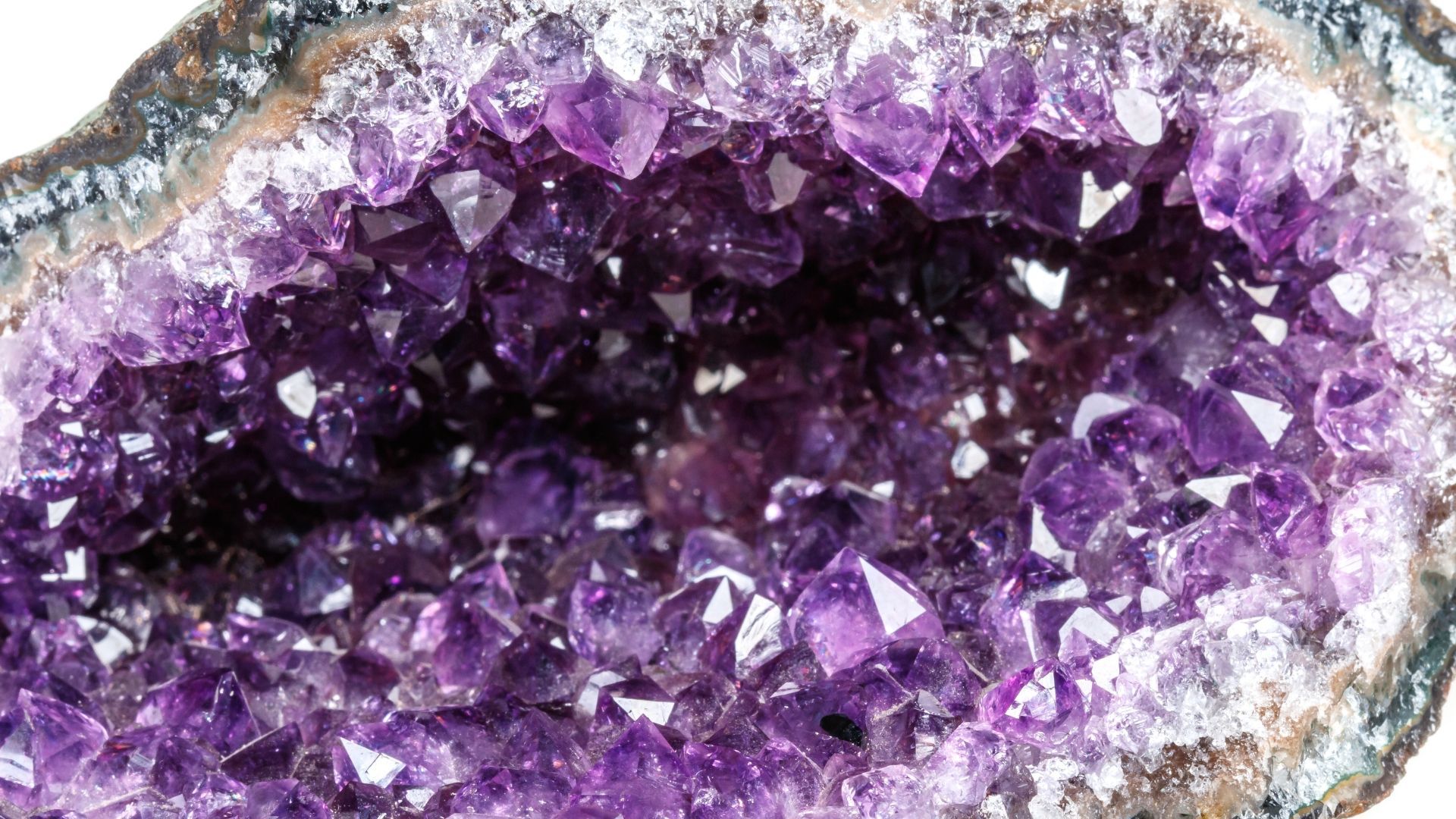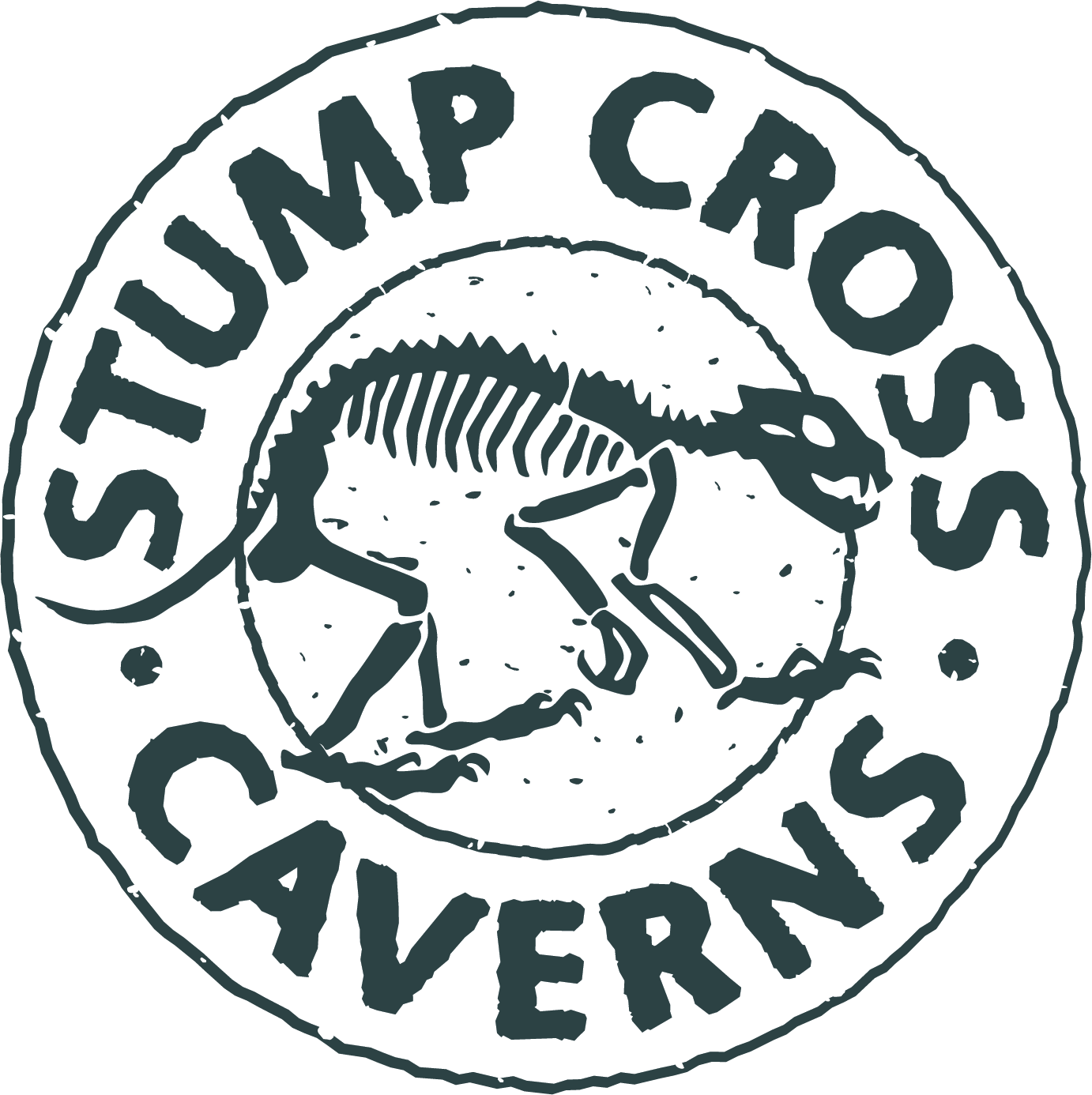Stone Age men and women wore jewellery made of different materials. Learn more about this ancient bling.
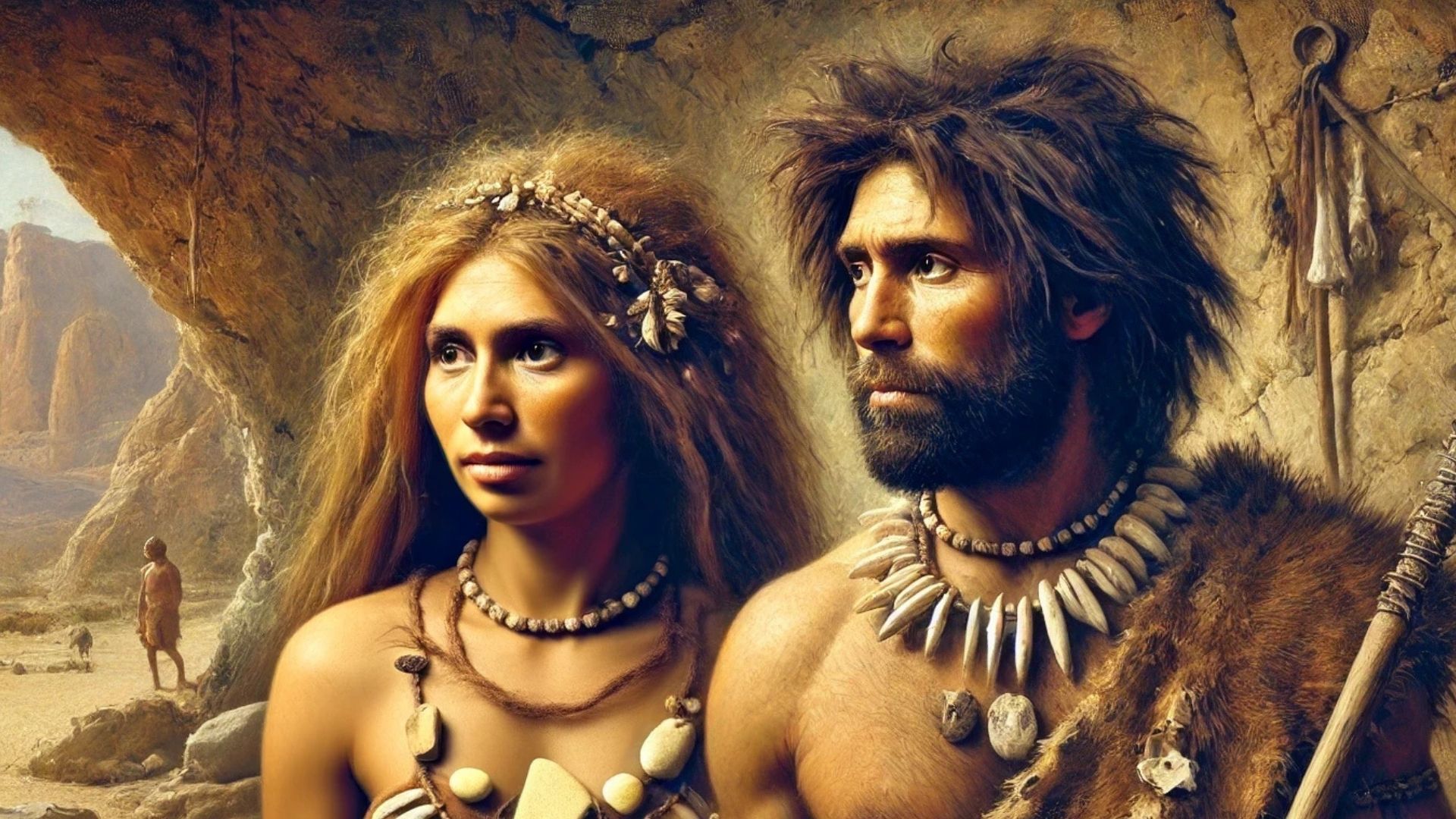
Our Stone Age ancestors get a bad rep. Too often, they're depicted as barely human brutes, hitting one bit of stone with another stone, running after bison and staring vacantly into the fire.
The evidence, however, suggests quite the contrary. Stone Age life was defined by the need for survival, yes. But in between hunting, cooking and building shelters, our ancient ancestors were artistic folks.
We can see this in the musical instruments that have been found in caves and other archaeological sites. We can see it in the gorgeous cave paintings that adorned their stony abodes. And we can see it in the jewellery specimens that have been discovered over the years.
The earliest known examples of jewellery date from the Stone Age and were made out of a variety of materials.
All these materials could be found lying around: feathers, shells, seed heads, stones, teeth and bones. But it's also probable that prehistoric jewellers would use teeth and bones from the animals they hunted for creative uses.
It's a fascinating area of ancient life which doesn't get the press it deserves. Well, we're here to fix that. Here are some examples of Stone Age jewellery that show our ancestors knew how to dress for success.
Shells
The earliest known piece of jewellery is a necklace found in Grotte des Pigeons, a cave in the north of Morocco.
Grotte des Pigeons is a treasure trove of archaeological finds, from tools to animal bones, from human remains to vegetation. It also featured a necklace made out of seashells, estimated to be 82,000 years old.
The shells were pierced for threading and covered in red ochre, a natural pigment that comes from clay-rich earth.
Bones and teeth
Our ancient ancestors also made necklaces and bracelets out of animal bones. These could have been salvaged from animal remains or deliberately removed from hunted animals.
Burial sites show that bone jewellery was worn by both children and adults. Small bird bones were used as they were easy to thread. Other bones were carved into discs.
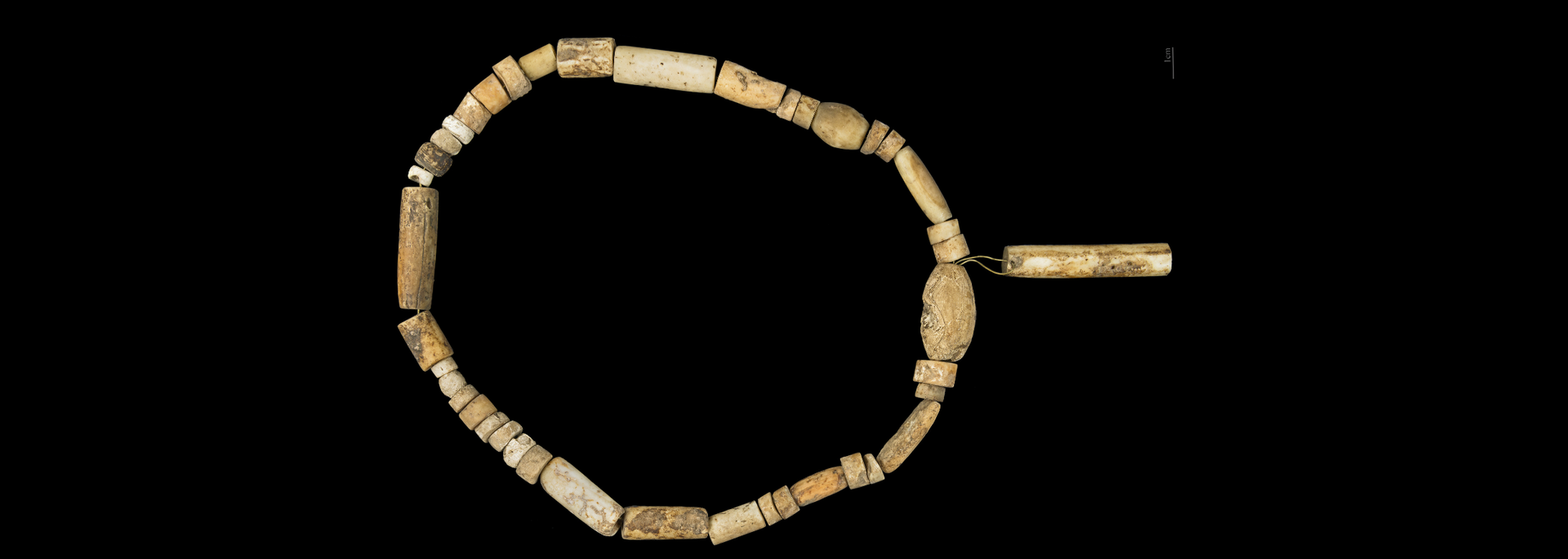
One remarkable example comes from around 130,000 years ago. Ancient Neanderthals in present-day Croatia made a piece of jewellery from eight white-tailed eagle talons.
Teeth were also used. Arctic fox teeth, for instance, were bored with holes and threaded onto string to make amulets and pendants.
These pieces of jewellery may have been used as trophies to show human or Neanderthal dominance over the animal kingdom. Or perhaps they just liked the look of them! Sadly, there are no written records to let us know for sure.
Other materials
Did you know that some stones have naturally occurring holes? These glassy flint stones have been found in Britain, Egypt and Northern Germany.
They come under many names: adder stones, hag stones, witch stones… Meanwhile, the Germans call them
Hühnergötter or "chicken gods".
These stones were used for jewellery. Other stones were drilled and threaded on string to make necklaces.
Stone Age people also made jewellery out of feathers, seed heads, chalk, jet and amber. Contrary to popular belief, they were creative and resourceful people.
Why did Stone Age people wear jewellery?
Today, people wear jewellery for all sorts of reasons. A necklace, for instance, can show status, support for a cause, a religious allegiance, a private association or a belief in healing properties. And that's on top of a straightforward interest in style.
But how about Stone Age people? The simple answer is that we don't know. The only records of Stone Age life are fossil records. There's no writing to tell us how people felt about jewellery.
We do know, however, that life for Stone Age people was harsh and free time was limited. The very fact that they put time into making jewellery suggests that it was important to them.
Perhaps they saw it as a way of warding off danger. Perhaps it was a way of indicating status. Perhaps it showed membership to a tribe or religion. Or perhaps they just looked the like of it.
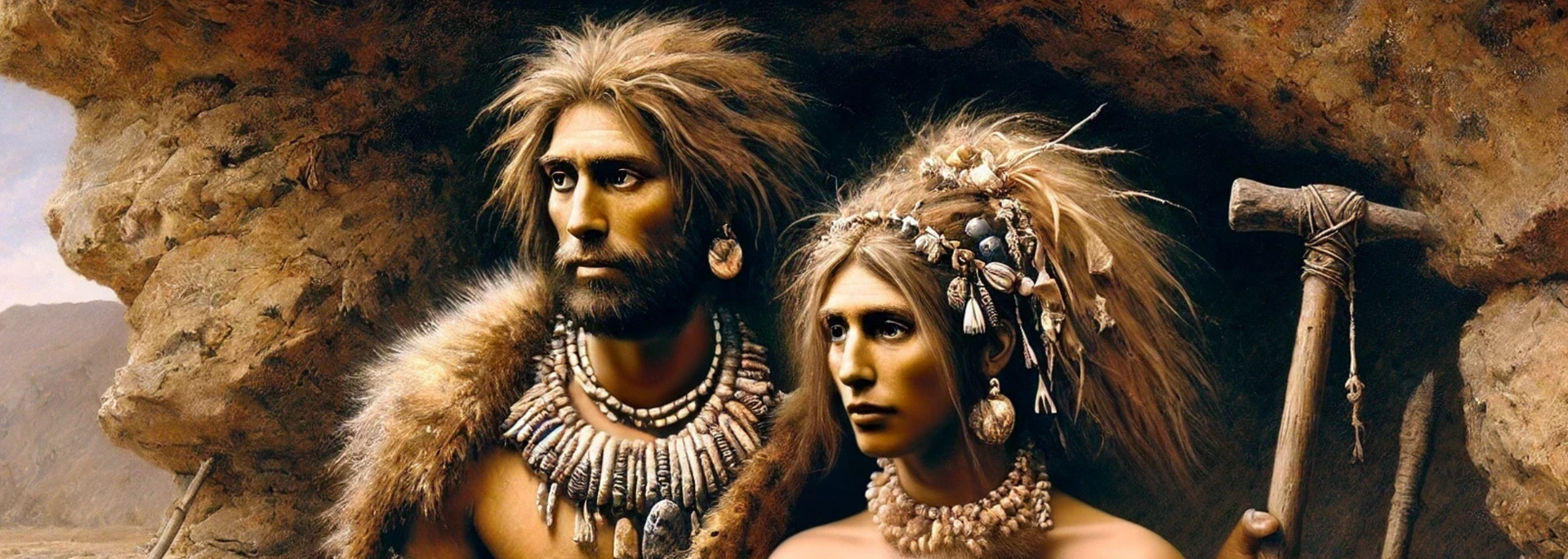
We may never know – but as with all things prehistoric, it's a lot of fun to speculate.
How did jewellery change over time?
The Stone Age gets its name from its reliance on stone tools. Everything revolved around stone tools and hunting. Animals provided food, skins for clothes and shelter, and bones and teeth for jewellery.
But as the Stone Age gave way to the Bronze Age and the Iron Age, manufacturing became more sophisticated. People started to cast beads from precious and semi-precious metals, including gold, silver, tin, copper and bronze.
There are also examples of clay beads, such as those found at a burial site at Whitehorse Hill in Dartmoor, England. These chunky beads are believed to be around 4,000 years old.
Some fine examples of Bronze and Iron Age jewellery can be seen at the British Museum in London. They're a kind of bridge between Stone Age jewellery and the necklaces, bracelets and other pieces we wear today.
Our online shop
At Stump Cross Caverns, we're prehistory crazy. That's why we stock a selection of gemstone jewellery, including earrings, pendants, mood rings, gem bead bracelets and keyrings.
Interested? Explore our
online gemstone shop today.
Our amber workshop
This winter, why not join us for a
Baltic amber workshop?
Amber is a remarkable material, formed from the resin of spruce trees some 40 million years ago – long before Stone Age men and women started creating jewellery.
Our workshops take place at a table in our cosy cafe next to a fire. You'll make an amber necklace and learn about its history and meanings, all with a spectacular view of the Yorkshire Dales National Park.
As well as taking home your necklace, you also get a sprinkle of amber dust and can learn how to infuse water with amber stones.
So, what are you waiting for? Spaces are limited, so
book today to avoid disappointment.

